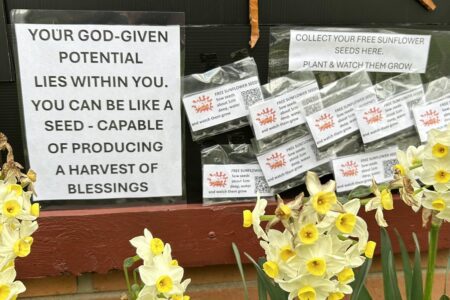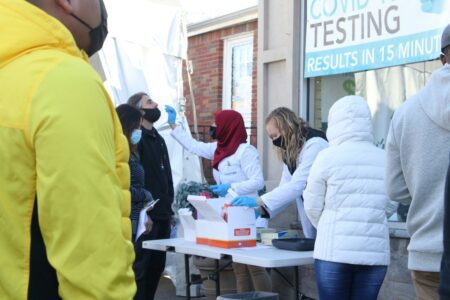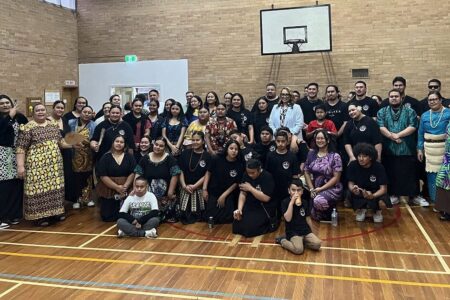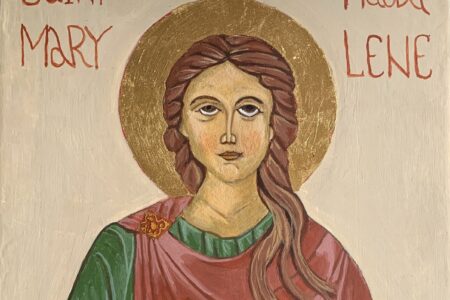Safe ‘Digital’ Church
We know children today are connecting across the digital landscape, but how are we able to recognise safe and supportive digital spaces?
Getting our heads around Safe Church in the digital world can be overwhelming; luckily we have some digital communities gathering together that can help us unpack what safety looks like virtually.
Across the winter months of the year, Rev Sandy Brodine facilitates Messy Miners – a community gathering together on Minecraft as their Messy Church. This community connects by using two different platforms: Minecraft (duh!) and Zoom.
When using Minecraft, participants are able to explore and work together to achieve a whole new world of possibilities with their friends. Connecting this alongside Zoom means they’re able to chat together as they jump, fly, dig and build.
While participating in one epic Minecraft room, the Zoom chat is broken up into smaller breakout rooms — this way you can work on building friendships alongside building your house … or castle … or ship … or giraffe!
But how does Messy Miners help us unpack what a safe and supportive community looks like? Let’s ask Sandy:
As a digital community, how do you prioritise safety when you meet together?
How we approach safe church requirements digitally is no different to how we approach them physically. Things like training, leadership-to-participant ratios, and appropriate supervision are the basic needs for creating safe communities in the digital space. Asking ourselves, ‘If we were gathering in a physical room, what safety requirements do we have?’ helps us to assess the needs in our digital ‘room’.
So does that mean that your leaders all have Working with Children Check’s and have done the Safe Church training?
Yes. Our digital ‘room’ is no different than a physical room. The adults and children gathering together in a physical place are still the same adults and children in a digital space. Along with our leaders having the appropriate training, we also asked the parents to sign a form as they’re still overseeing the physical environment each of their children are in. This way our leaders are able to focus on supervising the conversations happening in the digital space alongside the parents creating the safe environment in their homes.
Working together like that seems really effective, though does that limit who can visit?
Yes and no.
Yes, because only those who have a password can join in on Minecraft and Zoom – we like to think of a password being the ‘door’ of our digital room; it is what gives people access, and it helps to stop anyone unknown from entering. Though, we can still have visitors! If someone from the wider community (like a supportive grandparent) wants to check out what’s happening, then they can log in to Minecraft and watch the world building, and can also hang out in a visitors breakout room on Zoom.
Oh, so is the breakout room feature why you choose to use Zoom?
Well, there are many programs like Zoom that can help us chat to each other (like Discord), but the reason why we decided to go with Zoom is because the parents already had experience using it. Making sure that people (participants and their parents) can use the digital platform is another way we can make sure our digital communities are safe. If the people who are responsible for our young people cannot understand what it happening, then we have not created a supportive community.
Supportive communities are so important; was there anything else that you wanted to share?
Creating safe communities digitally comes down to making sure that people can feel safe, supported and have a sense of belonging in the same way they would physically. Really, it comes down to remembering that safe communities are about real people and real spaces; just virtual versions of that.





